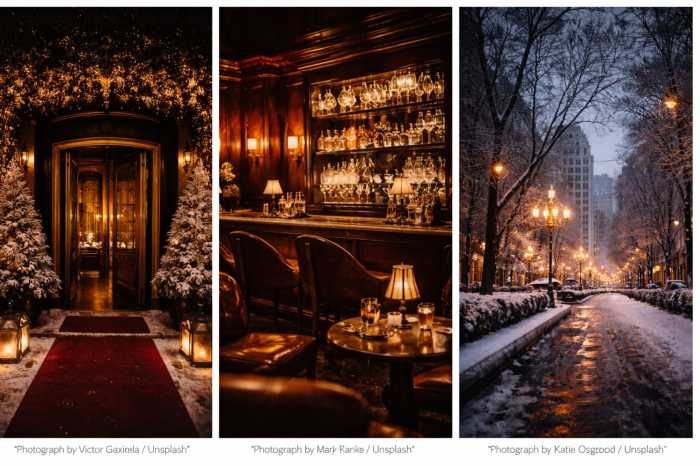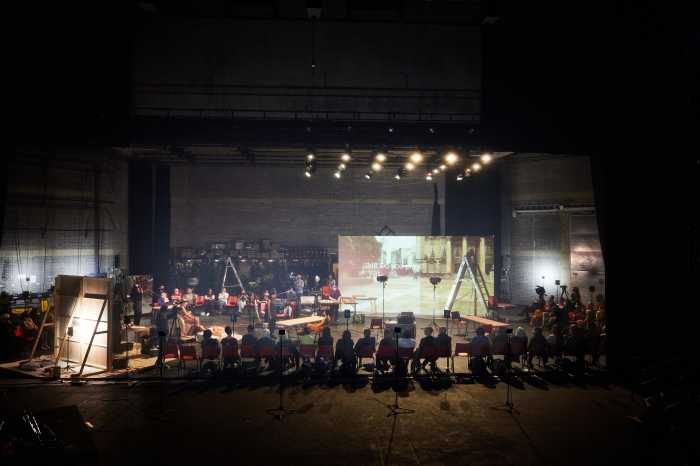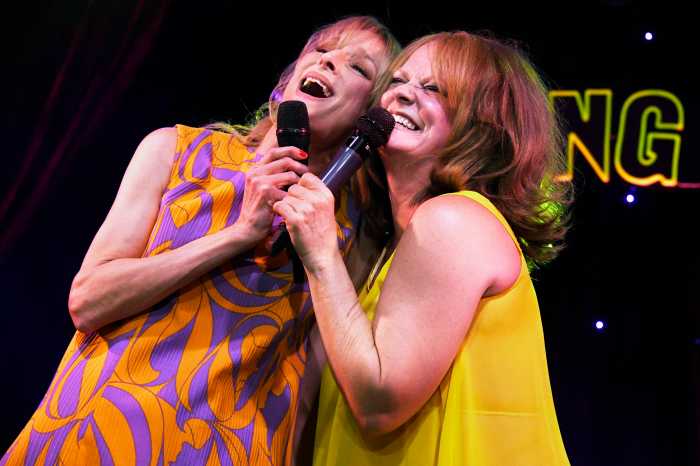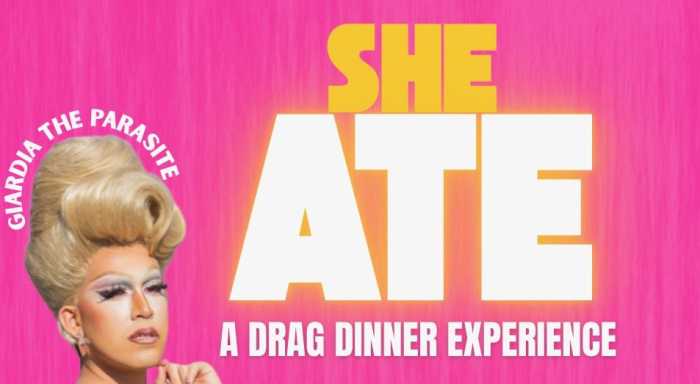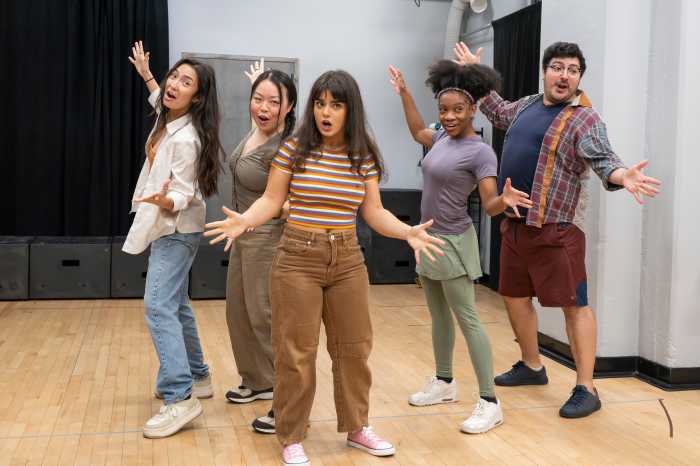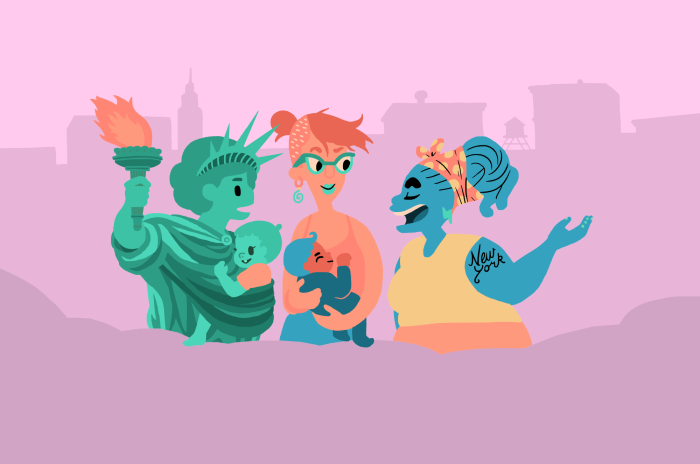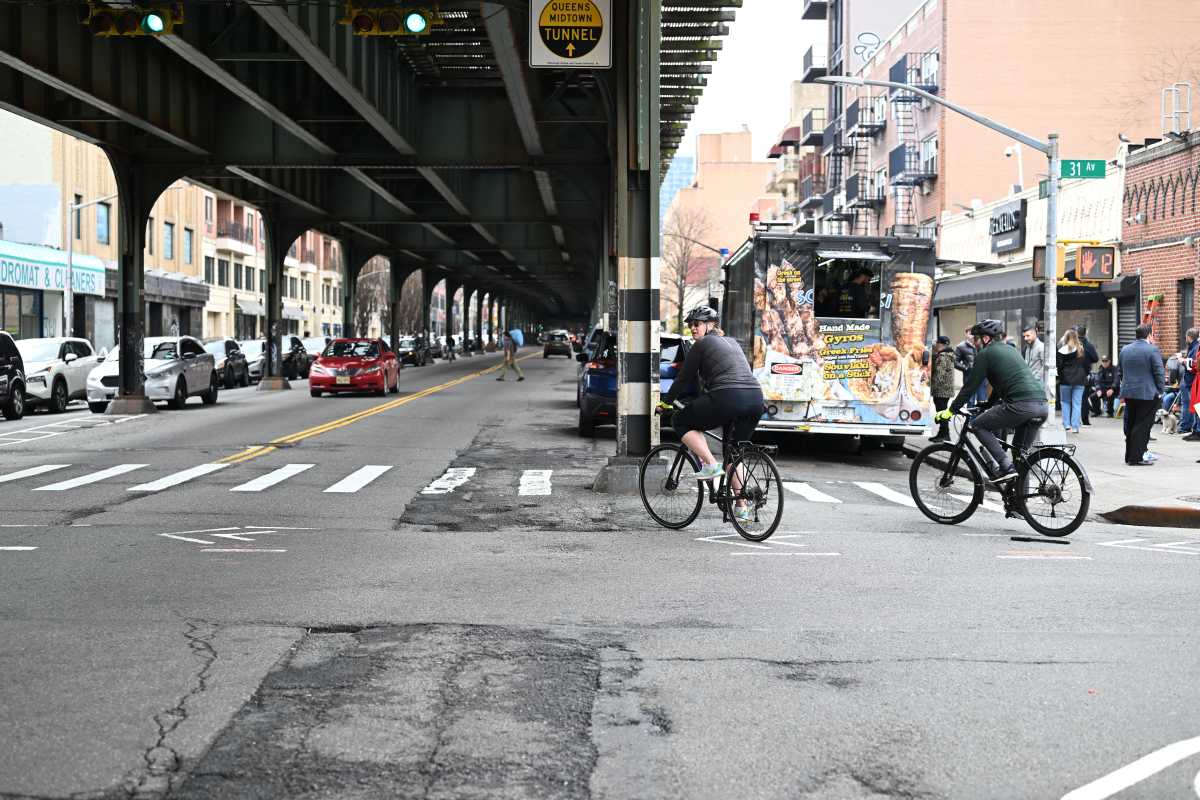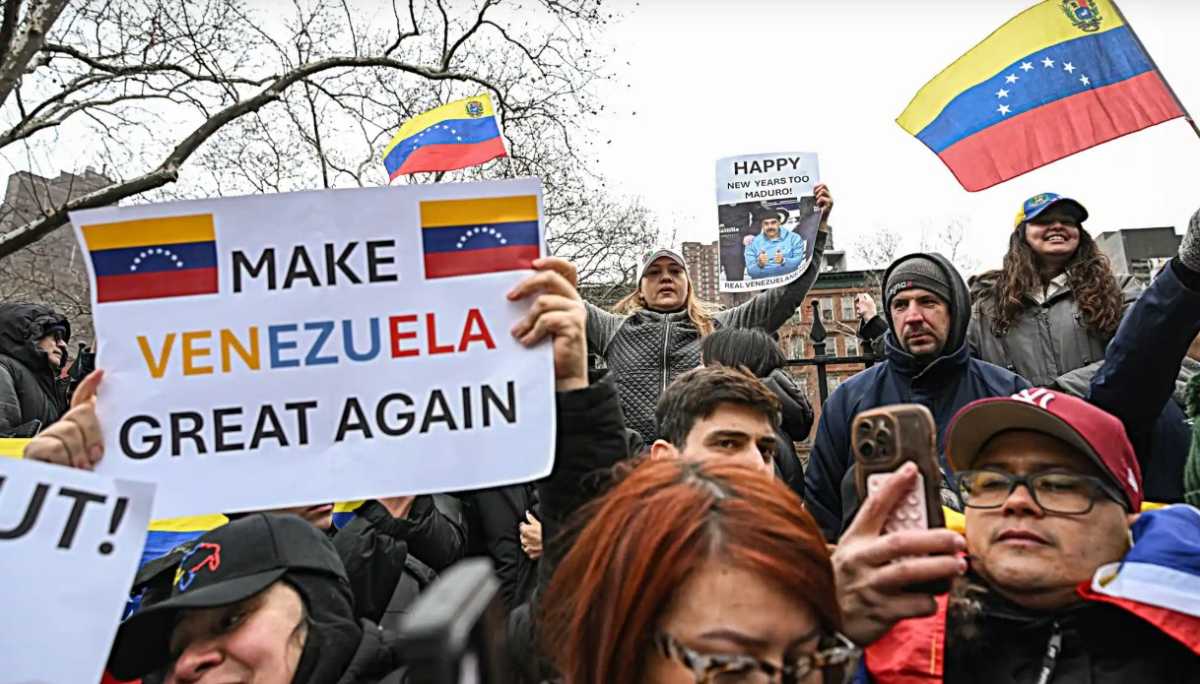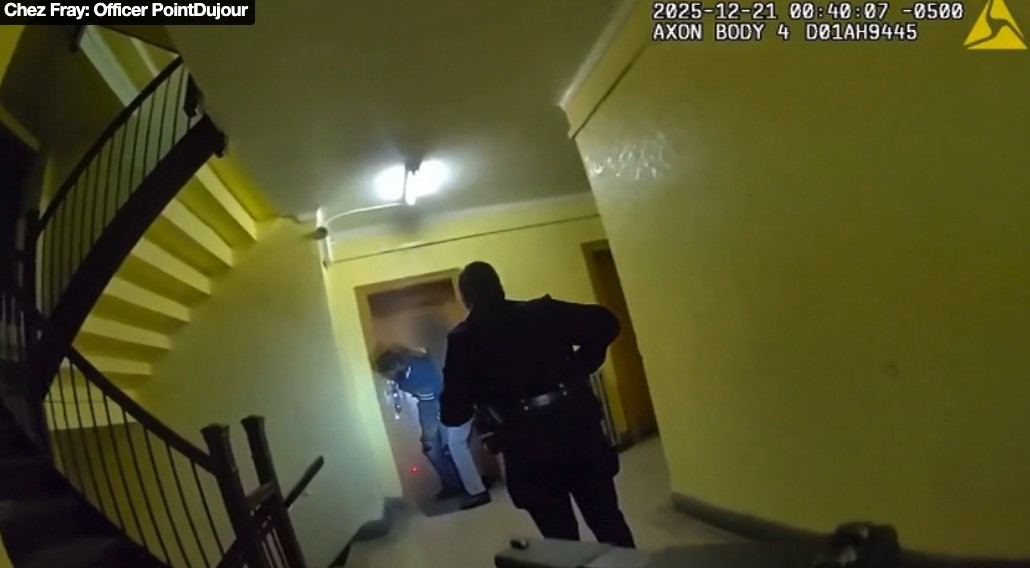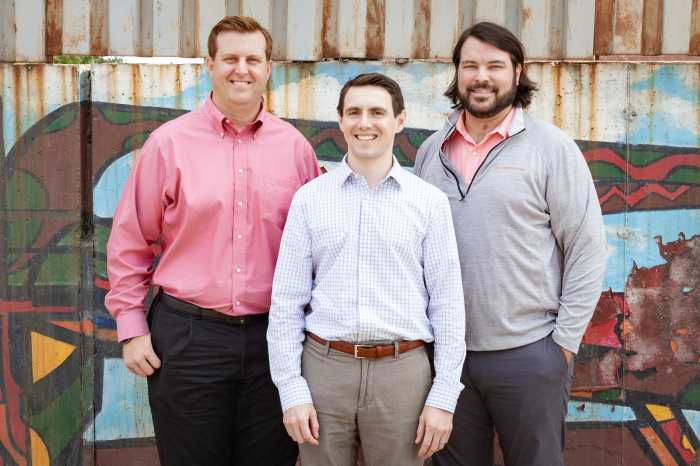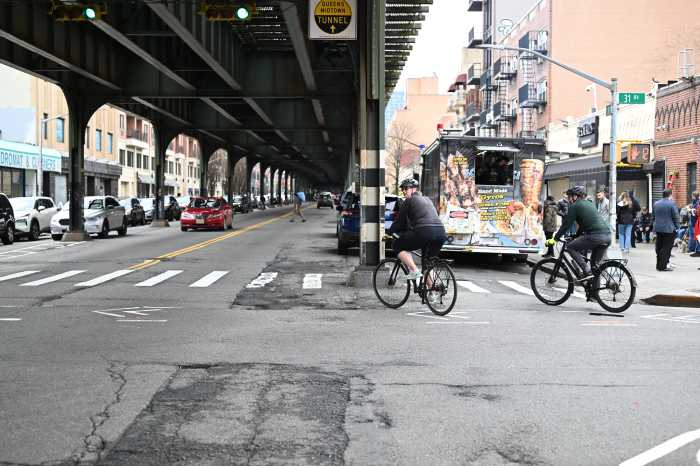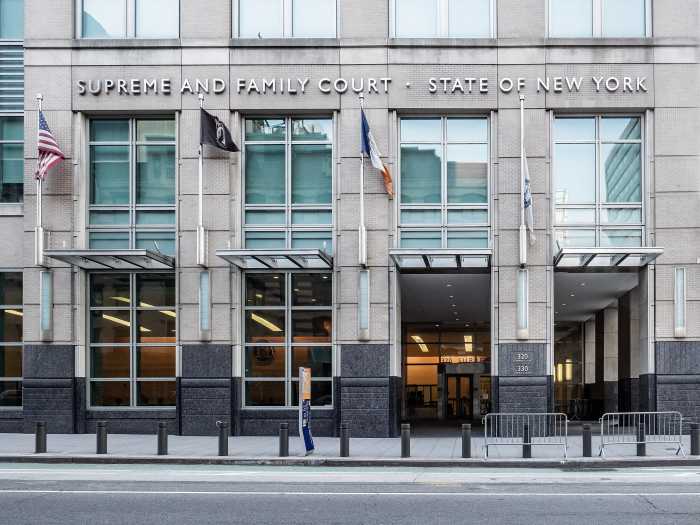Broadway has long struggled to translate international pop into hit musicals, but the animated film “K-Pop Demon Hunters” shows how potent the combination can be. The Sony/Netflix feature, which follows a girl group of Korean idols who secretly battle demons offstage, blends original K-pop-inspired songs with anime-style visuals and action sequences. By leaning unapologetically into both pop spectacle and storytelling, it has become a global hit, and it raises a difficult question for Broadway: if K-pop and other global genres thrive everywhere else, why hasn’t Broadway produced a truly successful musical built on a style of international pop?
Attempts have been made, but none has broken through. In 2022, “KPOP” was billed as Broadway’s first K-pop musical. An earlier 2017 Off-Broadway production had been acclaimed for its inventive immersive design, which placed audiences amid rehearsals and backstage drama. But in transferring to Broadway, the show abandoned that concept in favor of a more traditional book-musical structure. While the cast was talented and the musical numbers were polished, the characters were underwritten, the plot felt thin, and the show never captured the fervor of a real K-pop concert. After just a few performances, it closed.
The following year, “Here Lies Love,” created by David Byrne and Fatboy Slim, drew on the global disco sound of the 1970s while immersing audiences in a distinctly Filipino cultural setting. Transforming the Broadway Theatre into a nightclub, the show dramatized how Imelda Marcos used music, spectacle, and celebrity culture to project political power. By borrowing from the aesthetics of karaoke clubs and dance halls popular across Asia, “Here Lies Love” directly engaged with international pop idioms. Yet it soon collided with Broadway’s institutional constraints: its plan to use recorded tracks for a karaoke-club effect clashed with the musicians’ union, which required live players. The production also drew backlash from audience members who felt its treatment of the Marcos dictatorship trivialized painful history. It failed to attract a sustainable audience and closed after roughly four months.

Earlier efforts tell the same story. “Bombay Dreams,” with music by A. R. Rahman, brought Bollywood spectacle to New York in 2004 after a successful run in London, but lasted just nine months. In 2009, “Fela!” introduced Broadway to the Afrobeat music of Nigerian icon Fela Kuti. The show, directed and choreographed by Bill T. Jones, won raves for its high-energy performances and authentic use of Kuti’s music. Yet as a piece of musical theater, it felt undercooked.
The irony is that while Broadway depends heavily on international tourists to sustain the long runs of its biggest musicals, it has repeatedly struggled to incorporate international pop into its own productions. In other words, the very audiences who flock to New York for shows like “The Lion King” and “Wicked” rarely get to see their own musical traditions reflected authentically onstage.
There have been brighter spots. Last season, “Maybe Happy Ending,” a Korean-American chamber musical about two helper robots in Seoul, transferred successfully to Broadway. Its gentle folk-pop and chamber score is not pop in the contemporary sense, but the show is rich in Korean culture and setting, and its story has resonated deeply with audiences, demonstrating that Broadway can embrace original works that originate overseas and remain rooted in another country’s cultural context.
Broadway’s relationship with domestic pop has also been uneven. There is a lineage of groundbreaking originals — “Hair” in the 1960s, “Rent” in the 1990s, and “Spring Awakening” and “In the Heights” in the 2000s — which proved that contemporary sounds could redefine the musical. “Hamilton” remains the most recent leap, embedding hip-hop and R&B so deeply into its storytelling that it became a cultural phenomenon.

However, no original pop musical since “Hamilton” has matched its impact. The British import ‘Six,” which reimagines Henry VIII’s wives as a girl group, has been a commercial hit with its cheeky pop score, but at just 80 minutes, it plays more like a concert revue than a successor to “Hamilton.” Meanwhile, “Moulin Rouge!” and “& Juliet” are variations on the jukebox musical format that rely on an overload of contemporary pop hits rather than the songs of a single author or performer.
The problem is partly structural. Pop music thrives on immediacy and mass appeal, while musical theater depends on character arcs and emotional journeys. Lean too far into concert spectacle and the characters feel thin; lean too far into narrative and the music loses its punch. K-pop highlights this tension especially clearly: its fandom depends on sleek production, synchronized choreography, and stadium-scale visuals that Broadway’s smaller houses cannot replicate.
A stage adaptation of “K-Pop Demon Hunters” is reportedly already being considered by Netflix , but the bigger issue is whether Broadway can make international pop a regular part of its vocabulary. In the meantime, the movie may provide Broadway with an indirect benefit: like the Disney animated musicals of the 1990s and later “Frozen,” it is introducing kids to musical theater. And perhaps some of those drawn in by “K-Pop Demon Hunters” will next be interested in “Maybe Happy Ending,” a quieter but distinctly Korean musical, or “Six,” which also has girl-group pop energy.




